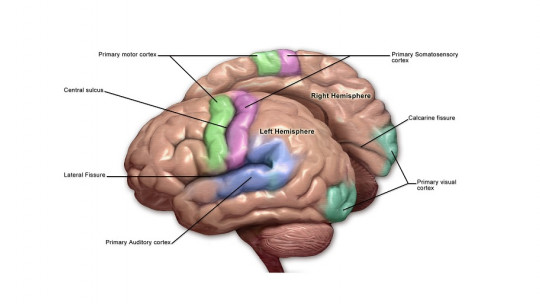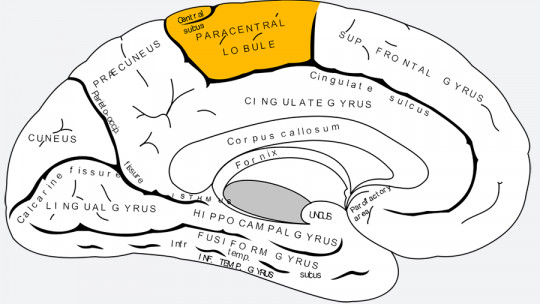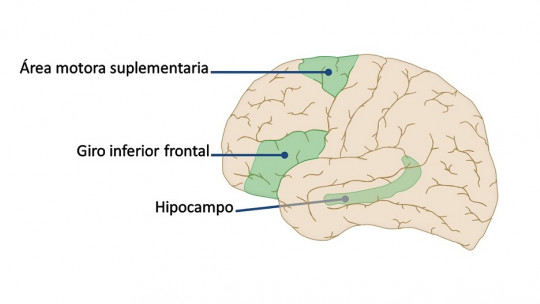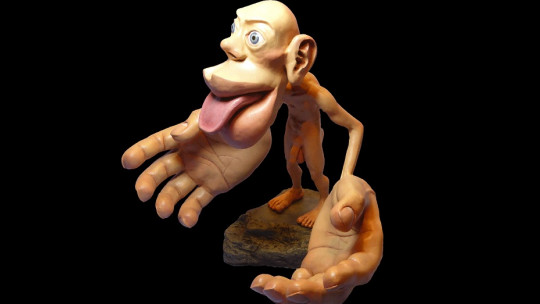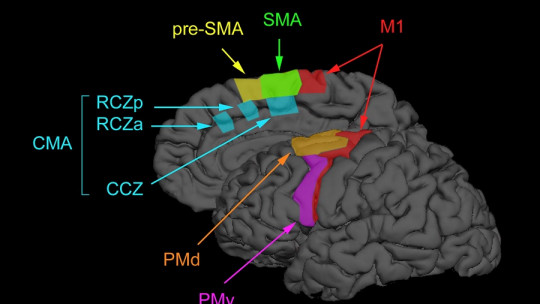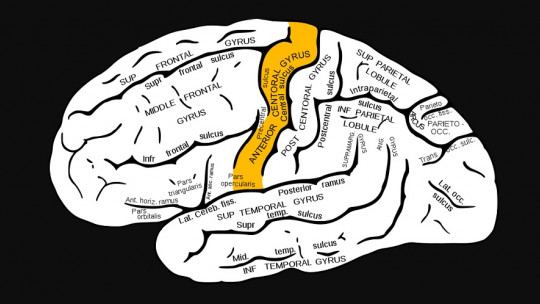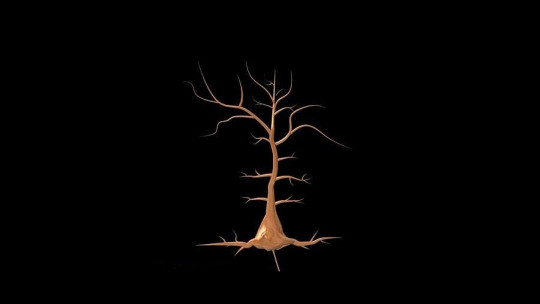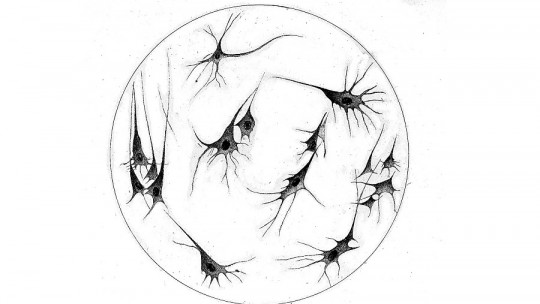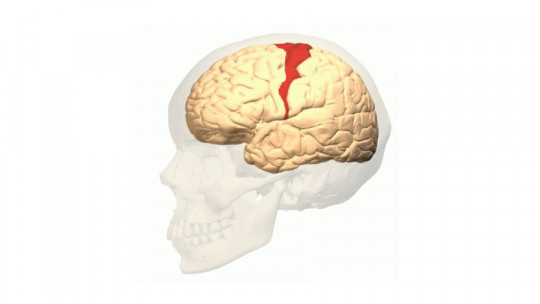
The primary motor cortex is the main motor area of the brain that is responsible for managing all actions that have to do with the control of voluntary movements. It is responsible for transmitting orders to the muscles to tense or contract and produce motor action.
In this article we explain What is the primary motor cortex, where is it located, what functions are attributed to it? and what type of alterations can arise if this brain area is damaged.
The primary motor cortex: definition and neuroanatomical location
The primary motor cortex is one of the main brain regions involved in motor functions. It is located in the frontal lobe and along the precentral gyrus on the lateral surface of the cortex, and extends medially into the longitudinal fissure of the brain forming the anterior paracentral lobe.
One third of the fibers that make up the corticospinal tract arise from the neuronal nuclei found in the primary motor cortex, whose axons also terminate in the motor nuclei of the cranial nerve of the brain stem, the basal ganglia, the reticular formation, and the red nucleus. ; The projections of this latter structure constitute the rubrospinal tract which, together with the corticospinal tract, form the main lateral descending motor system.
The primary motor cortex contains pyramidal cells of cortical layer V, also called Betz cells, the upper motor neurons responsible for transmitting the commands necessary to initiate voluntary movements. As we will see below, another peculiar characteristic of the primary motor cortex is that the motor responses obtained when stimulated are organized somatotopically.
Somatotopic structure and organization
The primary motor cortex contains a topographic map of the muscles of the body in which the leg is represented medially, the head laterally, and other body parts in intermediate locations. Within this map there are different nuclei of neurons that represent different muscles. However, the areas represented are not proportional to their size in the body, and it has been proven that after amputation or paralysis, motor areas can change to adopt new body parts.
There is a spatial arrangement of motor responses in which adjacent muscles are controlled by adjacent regions of the primary motor cortex. This somatotopic map reflects that of the somatosensory cortex In fact, it is located just on the opposite side of the central sulcus. These two areas are adjacent and connected by the cortical tissue of the paracentral lobe.
Neurons in a given area of the primary motor cortex receive proprioceptive input from a muscle or a small group of synergistic muscles and send their output back to that muscle or group of muscles via a multisynaptic pathway through the brainstem and spinal cord. . These actions facilitate the planning and precise execution of movements, characteristic functions of the primary motor cortex.
Features
The main function of the primary motor cortex is the management and execution of voluntary movements by transmitting information through the spinal cord to move the different parts of the body.
Voluntary or striated muscles are called that because an order is necessary for them to produce movement, in contrast to involuntary or smooth muscles, whose activity depends on the autonomic nervous system.
Neurons distributed throughout the primary motor cortex produce a body representation pattern called a motor homunculus The extension of each body part on the cortex corresponds to the degree of motor control that is exerted on each of the parts represented. For example, the hands, lips, and tongue are represented by large regions of the cortex, and the toes by a relatively small area.
The primary motor cortex, in its most medial portion, controls the body below the waist. In its lateral portion, it manages the muscles of the body that are above the waist. And the control it exerts through the pyramidal tract is greater over the muscles of the hand. In contrast to the legs, which function in locomotion, the face, head, and hands are used to transmit signals that express emotions.
Definitely, motor functions attributed to the primary motor cortex They are: finger movements, swallowing, lower limb movements, voluntary control of breathing, motor imagery, control of rhythmic motor tasks, voluntary blinking, horizontal saccadic movements, movements of the lips, mouth, wrist and hands. in its contralateral part.
AND regarding sensory functions, the primary motor cortex is also responsible for the kinesthetic perception of the movement of the different parts of the body, discriminating the vibrotactile frequency or the response to touch, among others. It also appears to have a role in verbal encoding during the processing of non-semantic elements and in topographical memory for visual references.
Disorders associated with damage to this brain area
A lesion in the primary motor cortex can cause paralysis of the contralateral muscles The muscles that are affected may become flaccid at first; Then, over the course of several days, reflexes become rapid and muscles become spastic.
Control of gross movements reappears after several weeks or months, but fine movements, especially those of the hands, are usually lost permanently. Some less serious consequences derived from damage to the primary motor cortex also include: lack of coordination, inability to express oneself clearly and difficulties in speaking, making delayed responses, etc.
Problems resulting from a lesion in the primary motor cortex, such as facial paralysis, monoparesis or hemiparesis seriously affect the quality of life of patients who suffer from it, often generating inability to correctly carry out the basic activities of daily life or to communicate correctly with others (due to the problems that may arise when walking or gesturing, for example).

